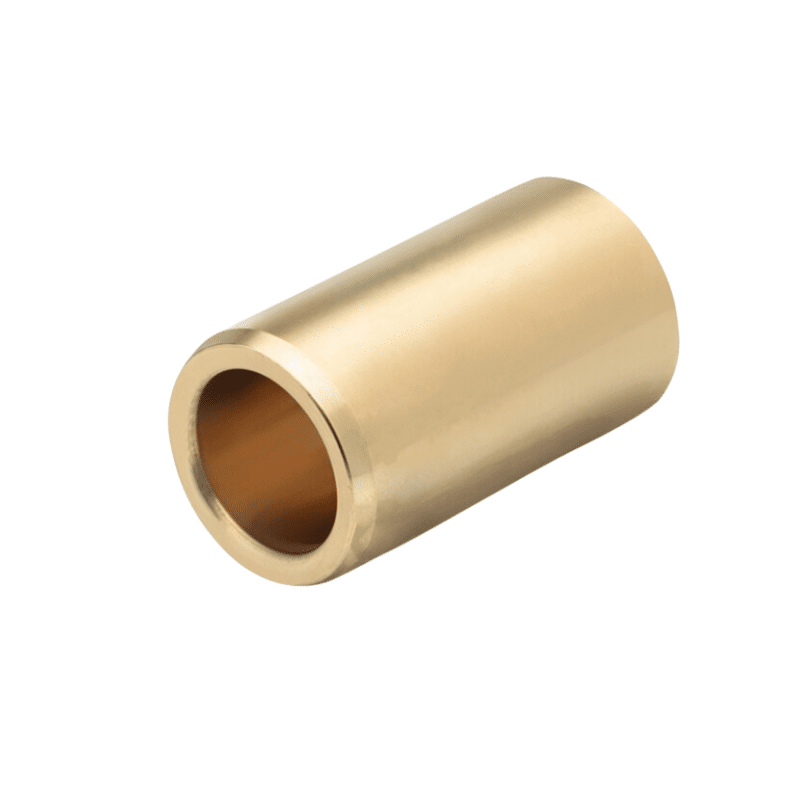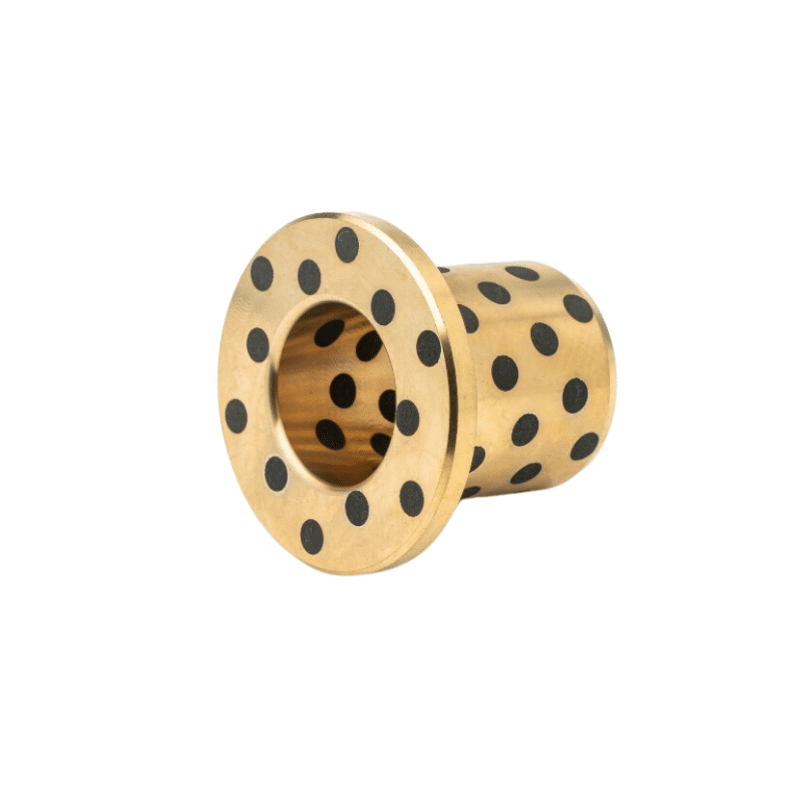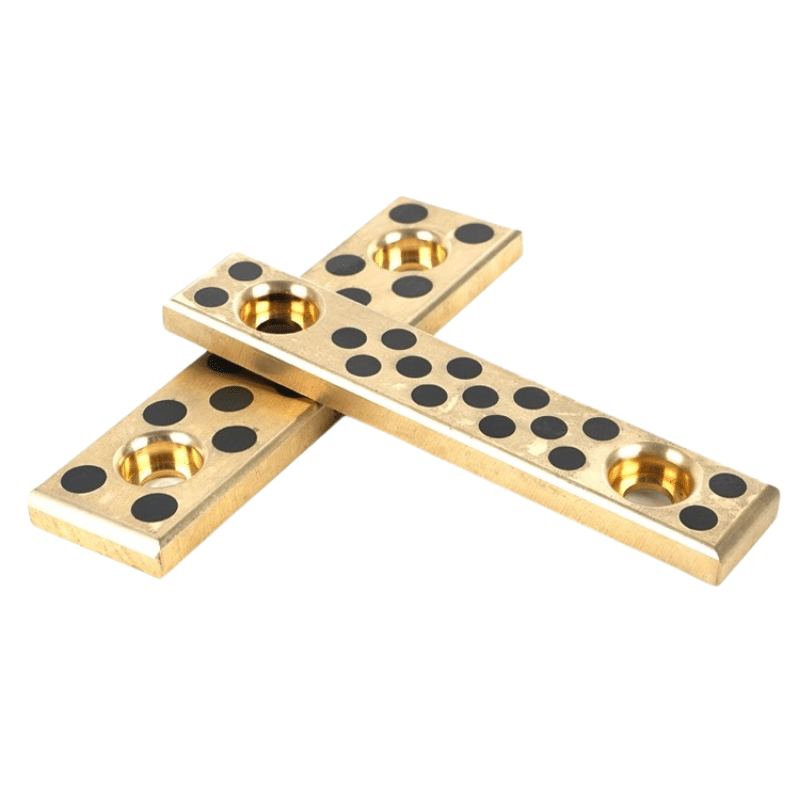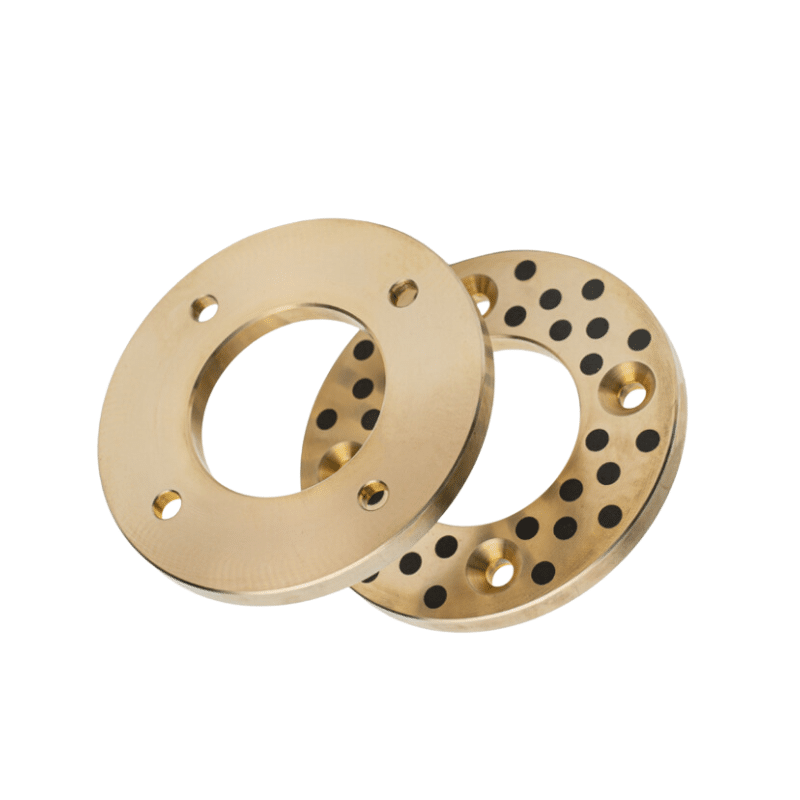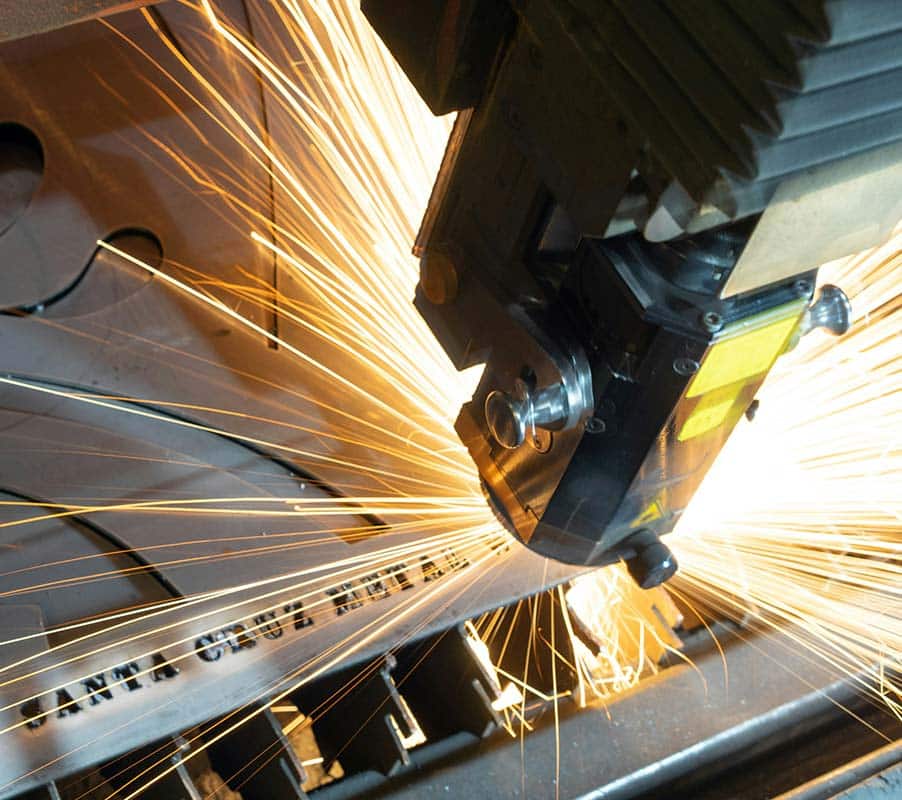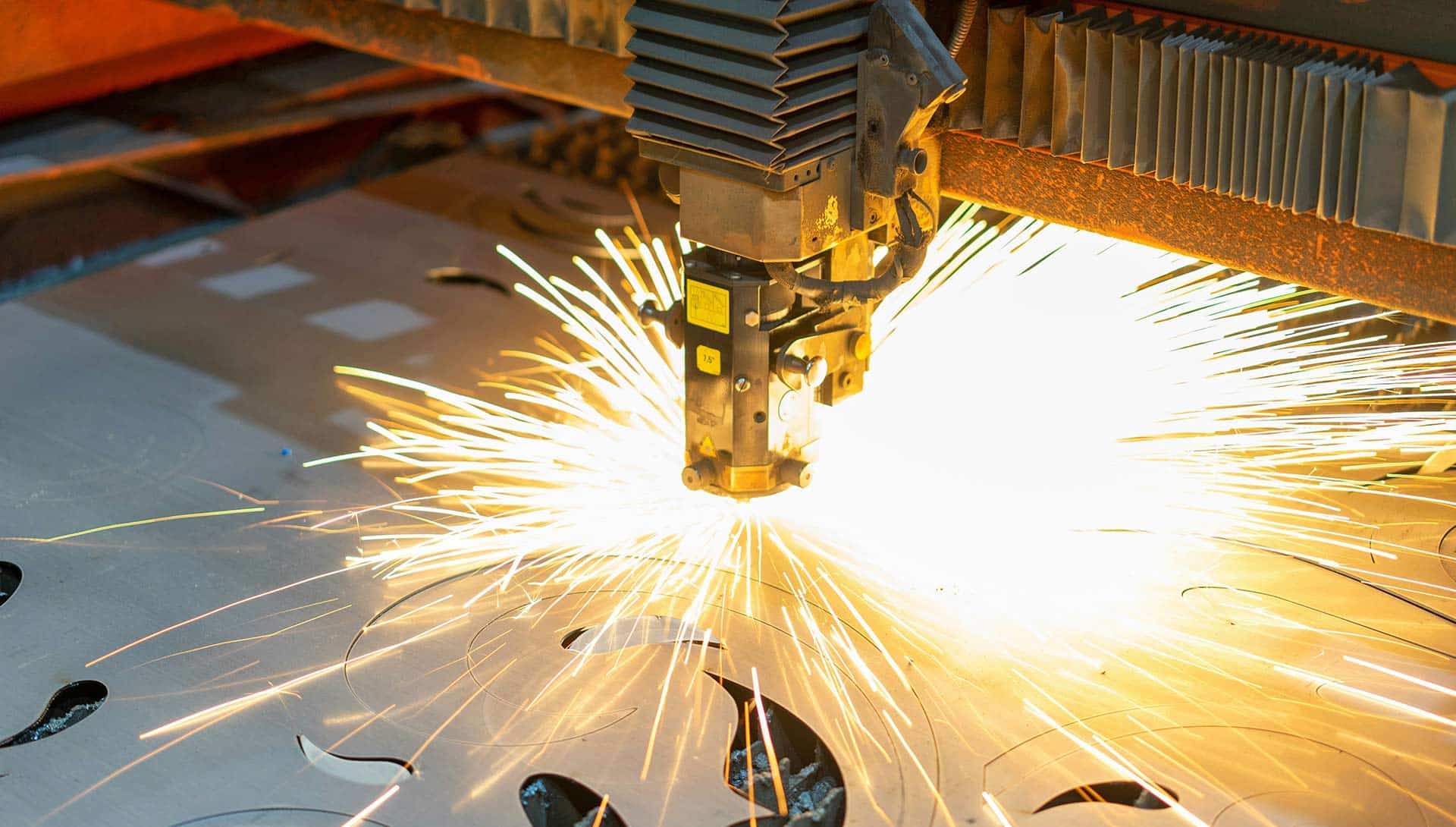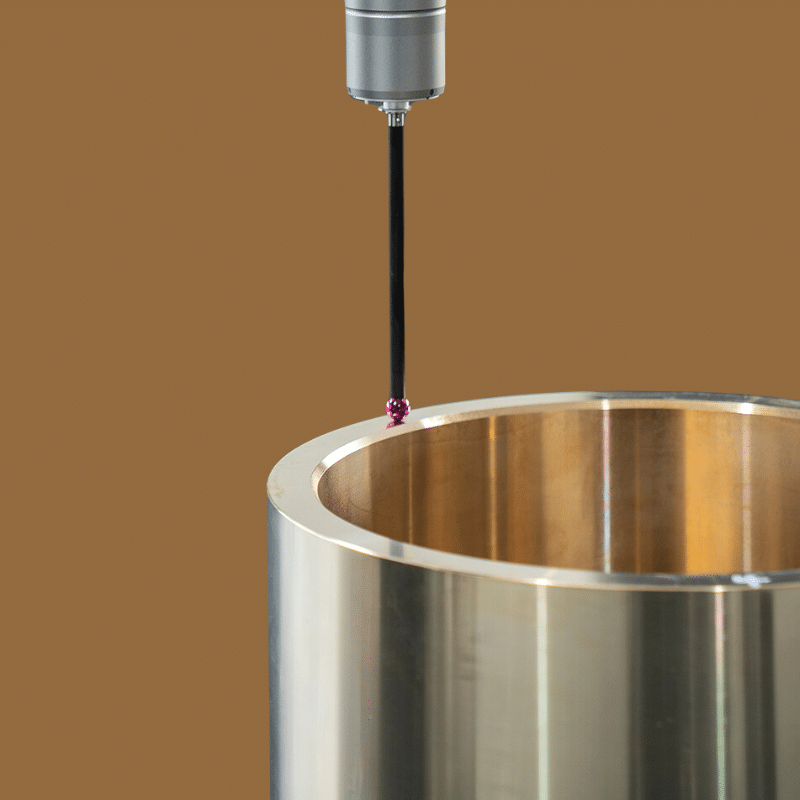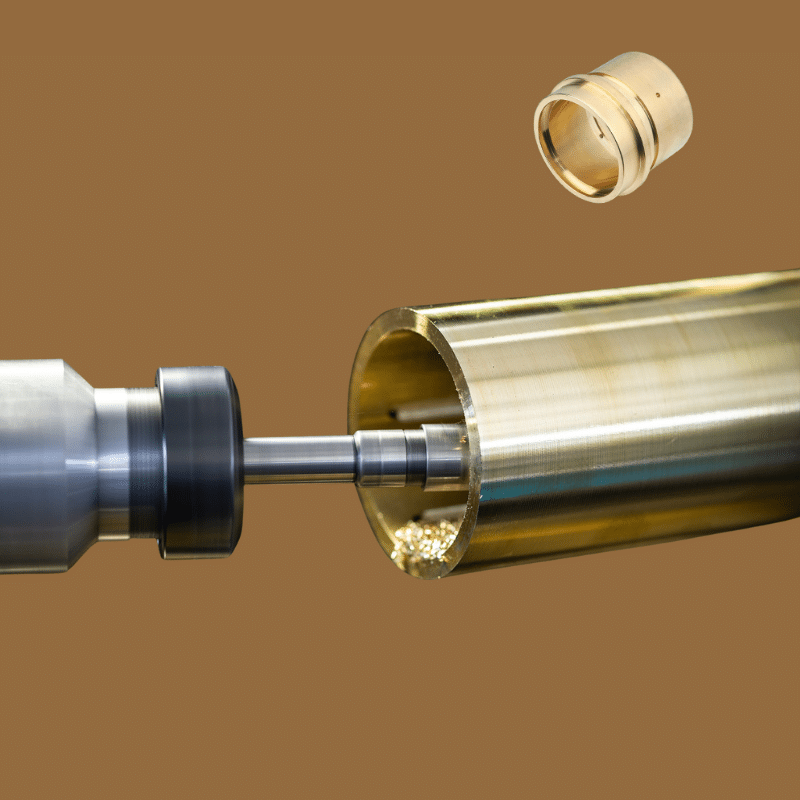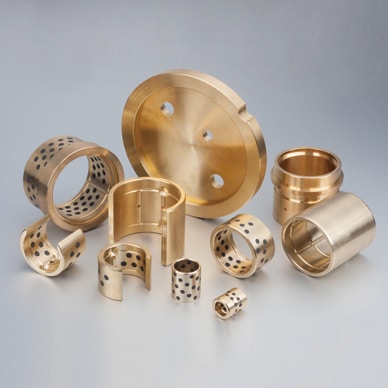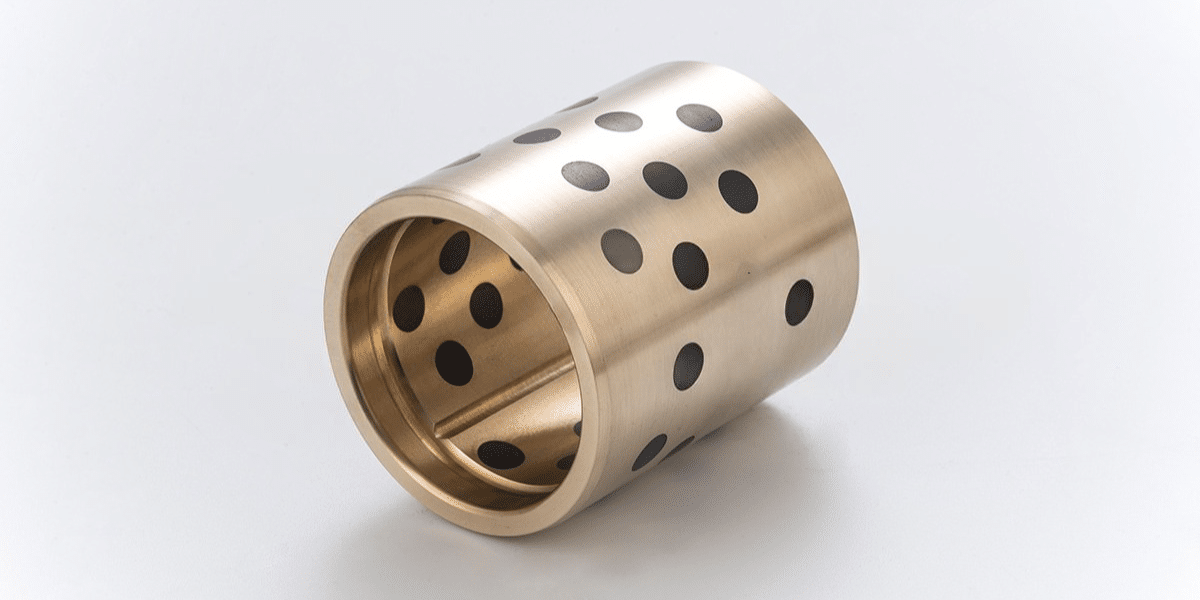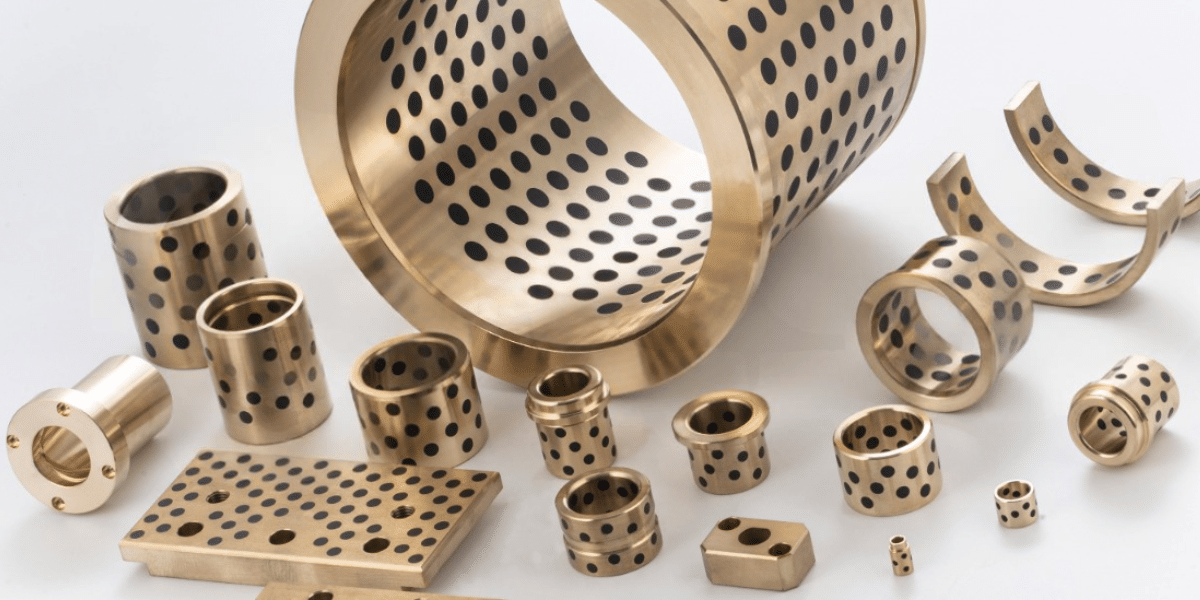self-lubricating Brass Bearing
Brass bearings are not inherently self-lubricating, but they can be designed or treated to achieve self-lubrication, which reduces maintenance time and the need for frequent refueling (re-lubrication).
Manufacturing & Production
Self-lubricating Brass Bushing with Composite
A self-lubricating brass bushing with composite is a type of bearing that combines the strength and thermal conductivity of brass with the self-lubricating properties of composite materials. These bushings are designed to operate with minimal external lubrication, reducing maintenance and improving performance in demanding applications.
Here’s how self-lubrication can be achieved in brass bearings and how it helps reduce maintenance:
1. Embedded Solid Lubricants
-
How it works: Solid lubricants like graphite, PTFE , or molybdenum disulfide can be embedded into the brass matrix during manufacturing. These lubricants are released gradually during operation, reducing friction and wear.
-
Benefits: This eliminates the need for external lubrication, reduces maintenance, and ensures consistent performance over time.
2. Composite Materials
-
How it works: Brass can be combined with self-lubricating materials like polymers or composites to create a bearing that has inherent lubrication properties.
-
Benefits: These materials reduce friction and wear, making the bearing more durable and maintenance-free.
3. Surface Coatings
-
How it works: Applying a self-lubricating coating (e.g., PTFE ) to the surface of the brass bearing can reduce friction and wear.
-
Benefits: Coatings provide a low-friction surface, reducing the need for external lubrication and maintenance.
4. Design Optimization
-
How it works: The design of the bearing can be optimized to minimize friction and wear, such as by incorporating grooves or channels that distribute lubricant evenly.
-
Benefits: Improved design reduces the frequency of lubrication and maintenance.
Advantages of Self-Lubricating Brass Bearings:
-
Reduced Maintenance: Self-lubricating bearings require less frequent lubrication, saving time and labor costs.
-
Extended Lifespan: Continuous lubrication reduces wear and tear, extending the bearing’s operational life.
-
Improved Performance: Consistent lubrication ensures smoother operation and reduces the risk of failure.
-
Cost Savings: Less downtime and reduced need for lubricants lead to lower operational costs.
Applications:
-
Self-lubricating brass bearings are commonly used in applications where frequent maintenance is difficult or impractical, such as in automotive components, industrial machinery, marine equipment, and aerospace systems.
In summary, while brass itself is not self-lubricating, it can be engineered to achieve self-lubrication through embedded lubricants, oil impregnation, composite materials, or surface coatings. These methods significantly reduce maintenance requirements and improve the bearing’s performance and longevity.
Structure of Self-Lubricating Brass Bushing with Composite
-
Brass Base Material:
-
The core of the bushing is made of brass, which provides excellent mechanical strength, corrosion resistance, and thermal conductivity.
-
Brass is also capable of withstanding high loads and temperatures, making it suitable for heavy-duty applications.
-
-
Composite Layer:
-
A composite material, often containing solid lubricants like graphite, PTFE, is integrated into the brass bushing.
-
The composite layer can be embedded into the brass matrix or applied as a surface coating.
-
-
Lubrication Mechanism:
-
During operation, the composite material releases lubricants gradually, creating a thin film between the bushing and the shaft.
-
This reduces friction and wear, ensuring smooth operation without the need for external lubrication.
-
How Self-Lubrication is Achieved
-
Embedded Solid Lubricants:
-
Solid lubricants like graphite or PTFE are uniformly distributed within the composite layer.
-
As the bushing operates, friction and heat cause the lubricants to migrate to the surface, providing continuous lubrication.
-
-
Low-Friction Composite Materials:
-
The composite material itself has low friction properties, reducing the need for additional lubrication.
-
Advantages of Self-Lubricating Brass Bushings with Composite
-
Reduced Maintenance:
-
The self-lubricating properties eliminate the need for frequent re-lubrication, saving time and labor costs.
-
-
Extended Service Life:
-
The combination of brass and composite materials reduces wear and tear, extending the bushing’s lifespan.
-
-
High Load Capacity:
-
Brass provides excellent load-bearing capacity, making these bushings suitable for heavy-duty applications.
-
-
Corrosion Resistance:
-
Brass is naturally resistant to corrosion, and the composite layer adds an extra barrier against environmental factors.
-
-
Wide Temperature Range:
-
These bushings can operate in a wide range of temperatures, making them suitable for both high-temperature and low-temperature environments.
-
-
No External Lubrication Required:
-
The self-lubricating design ensures consistent performance without the need for external oil or grease.
-
Applications
Self-lubricating brass bushings with composite are used in a variety of industries and applications, including:
-
Automotive: Suspension systems, steering components, and engine parts.
-
Industrial Machinery: Conveyors, pumps, and heavy equipment.
-
Marine: Propeller shafts and rudder systems.
-
-
Construction: Heavy machinery and equipment.
Key Considerations for Selection
-
Load and Speed:
-
Ensure the bushing is rated for the specific load and rotational speed of your application.
-
-
Operating Environment:
-
Consider factors like temperature, humidity, and exposure to chemicals or debris.
-
-
Shaft Material:
-
The compatibility of the bushing with the shaft material is critical to avoid excessive wear.
-
-
Composite Material:
-
Choose a composite material (e.g., PTFE, graphite, or molybdenum disulfide) based on the required lubrication properties and operating conditions.
-
Maintenance Tips
While self-lubricating brass bushings with composite require minimal maintenance, periodic inspection is recommended to ensure optimal performance:
-
Check for signs of wear or damage.
-
Clean the bushing and surrounding area to prevent contamination.
-
In high-load or high-speed applications, monitor the bushing’s performance over time.
Conclusion
Self-lubricating brass bushings with composite offer an excellent combination of durability, low maintenance, and high performance. By integrating brass with composite materials, these bushings provide reliable operation in demanding environments, making them a cost-effective solution for a wide range of industrial and mechanical applications.

